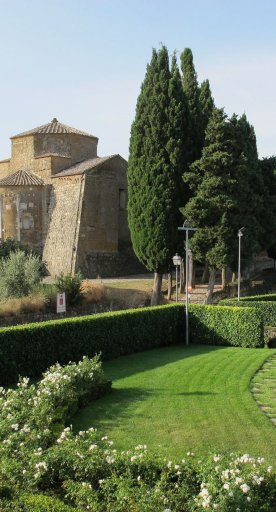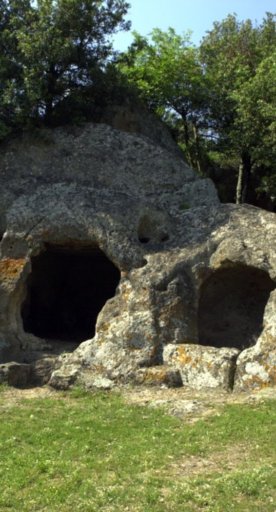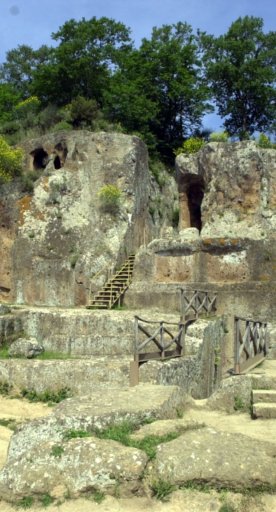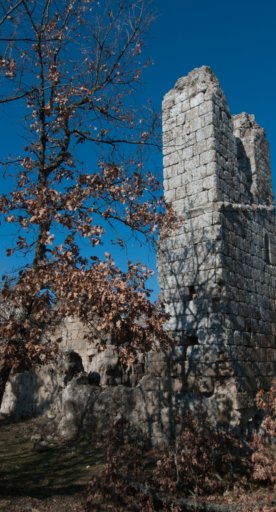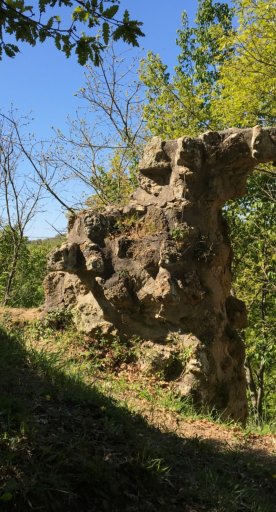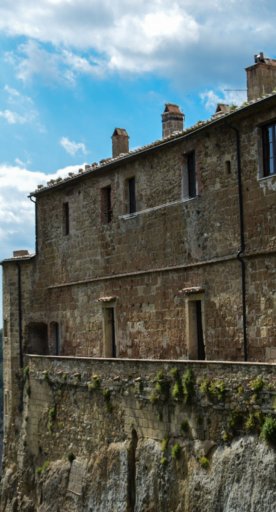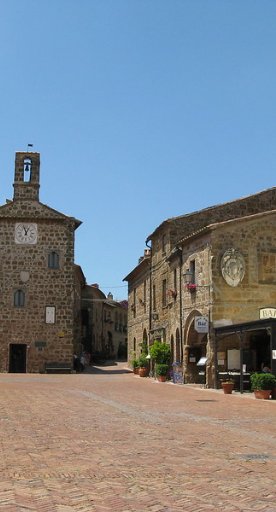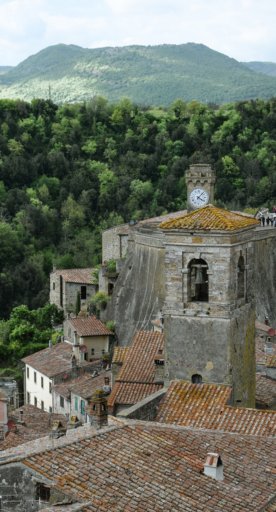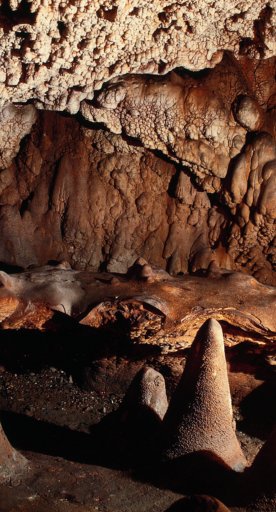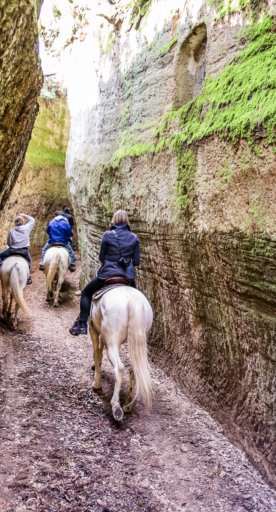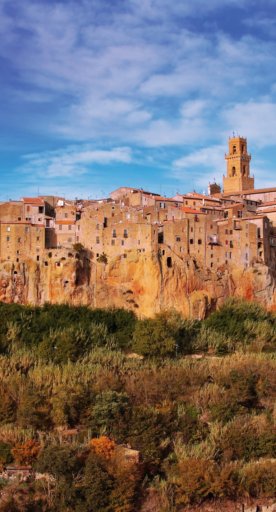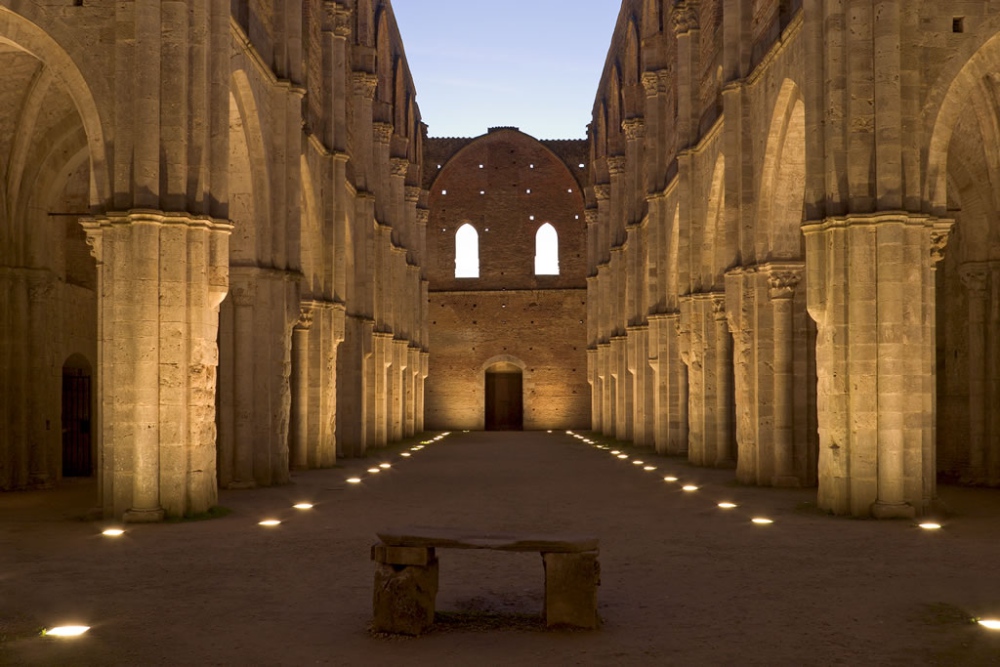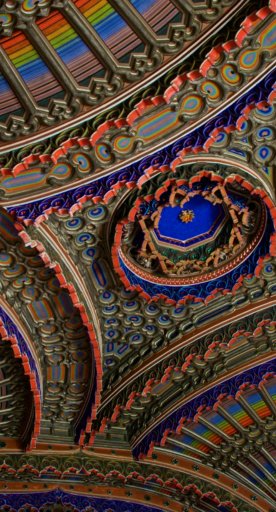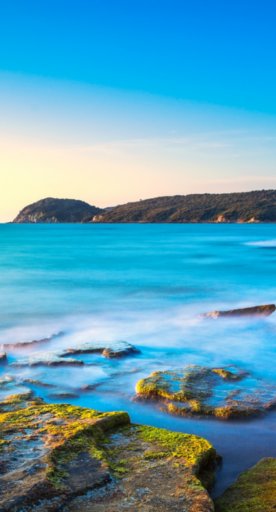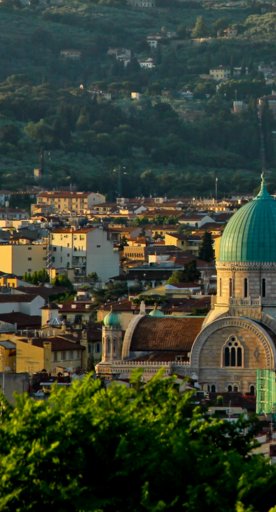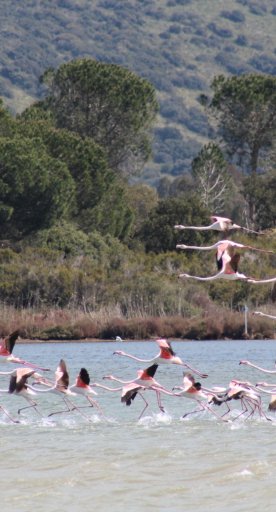
Sorano
Ancient village carved into the tuff, in the heart of the Tuscan Maremma
Sorano is an ancient city that flourished in the Etruscan era. Given its position perched on a cliff and dug into the tuff (like the nearby Pitigliano), Sorano is also known as the Matera of Tuscany: title won thanks to its rock villages and picturesque vie cave frequented since Etruscan times.
Visiting it is like taking a journey through time: a typical and charming village with the little houses all leaning against each other and picturesque alleys where there is a unique atmosphere.
Thanks to this, it was also awarded the Orange Flag by the Touring Club.
It's assumed that Sorano was initially inhabited by the Villanovan people, the first known civilization of the Iron Age. They were followed by the Etruscans and it later belonged to the Aldobrandeschi family who made it grow as a defensive village, fortifying it with ramparts and imposing itself as one of the most powerful fiefdoms of southern Tuscany for more than four centuries.
What to see in Sorano
The two main access gates to the town are Porta di Sopra and Porta dei Merli (or Porta di Sotto): the first is located at the foot of the Orsini Fortress and leads to the heart of the historic center of Sorano. The second gate is located near the Masso Leopoldino and stands out for the family coat of arms it displays.
The Orsini Fortress is one of the most impressive fortified structures built by the Aldobrandeschi family and also houses the Civic Archaeological Museum.
Also worth visiting is the Collegiate Church of San Nicola which is located in the city center. Inside, you can admire the travertine baptismal font dating back to 1563. Among the main attractions of Sorano, you must see the Vie Cave, a complex network of paths, some of which are underground, dug into the tuff.
The two main access gates to the town are Porta di Sopra and Porta dei Merli (or Porta di Sotto): the first is located at the foot of the Orsini Fortress and leads to the heart of the historic center of Sorano. The second gate is located near the Masso Leopoldino and stands out for the family coat of arms it displays.
The Orsini Fortress is one of the most impressive fortified structures built by the Aldobrandeschi family and also houses the Civic Archaeological Museum.
Also worth visiting is the Collegiate Church of San Nicola which is located in the city center. Inside, you can admire the travertine baptismal font dating back to 1563. Among the main attractions of Sorano, you must see the Vie Cave, a complex network of paths, some of which are underground, dug into the tuff.
What's nearby
The unique Città del Tufo Archeological Park is where the greatest historical, archaeological and cultural treasures of Sovana, Sorano and Vitozza are found.
Here, you can admire, in addition to the Church of San Sebastiano and the Aldobrandesca Fortress, the necropolises carved into the rock by the Etruscans and now set in an enchanting natural environment.
Among the splendid ancient tombs in the Sovana Necropolis are worth mentioning the Tomb of the Siren and the monumental one known as Ildebranda, considered one of the most important monuments in all of Etruria.
Moreover, the whole area surrounding Sorano is rich in medieval fortifications such as the Castle of Montorio, the Fortress of Castell’Ottieri, and the Castle of Montebuono.
The unique Città del Tufo Archeological Park is where the greatest historical, archaeological and cultural treasures of Sovana, Sorano and Vitozza are found.
Here, you can admire, in addition to the Church of San Sebastiano and the Aldobrandesca Fortress, the necropolises carved into the rock by the Etruscans and now set in an enchanting natural environment.
Among the splendid ancient tombs in the Sovana Necropolis are worth mentioning the Tomb of the Siren and the monumental one known as Ildebranda, considered one of the most important monuments in all of Etruria.
Moreover, the whole area surrounding Sorano is rich in medieval fortifications such as the Castle of Montorio, the Fortress of Castell’Ottieri, and the Castle of Montebuono.
The thermal water springs - The Sorano spas
In the Tuff Area, springs of thermal water gush out at a constant temperature of 37.5 °C which feed the pools of the Sorano Thermal baths. The historic swimming pool called Il Bagno dei Frati (The Friars' baths) dates back to the 15th century and was used by the friars who lived in the premises of the current parish church of Santa Maria dell'Aquila, located inside the residence.
In the Tuff Area, springs of thermal water gush out at a constant temperature of 37.5 °C which feed the pools of the Sorano Thermal baths. The historic swimming pool called Il Bagno dei Frati (The Friars' baths) dates back to the 15th century and was used by the friars who lived in the premises of the current parish church of Santa Maria dell'Aquila, located inside the residence.
Events
Among the most traditional events of the town are the Wine cellar festival, consisting of tastings of typical products and folk music, and the Tuff and beer festival, four days in summer dedicated to music, local cuisine and beer.
On 30 December, however, a centuries-old peasant tradition is renewed in Piazza Busatti: at nightfall the great pyre is lit and traditional songs are sung around the fire.
Among the most traditional events of the town are the Wine cellar festival, consisting of tastings of typical products and folk music, and the Tuff and beer festival, four days in summer dedicated to music, local cuisine and beer.
On 30 December, however, a centuries-old peasant tradition is renewed in Piazza Busatti: at nightfall the great pyre is lit and traditional songs are sung around the fire.
Typical products
All around the village there are vineyards, olive groves, wheat fields and sheep farms. This agricultural vocation has meant that the area is well-established as a source of high quality Maremma typical products such as Ciavattone Beans and an important dairy production.
All around the village there are vineyards, olive groves, wheat fields and sheep farms. This agricultural vocation has meant that the area is well-established as a source of high quality Maremma typical products such as Ciavattone Beans and an important dairy production.
